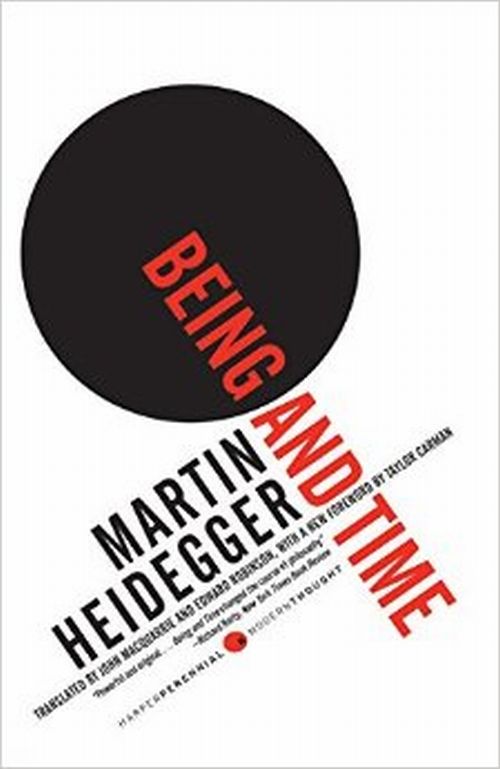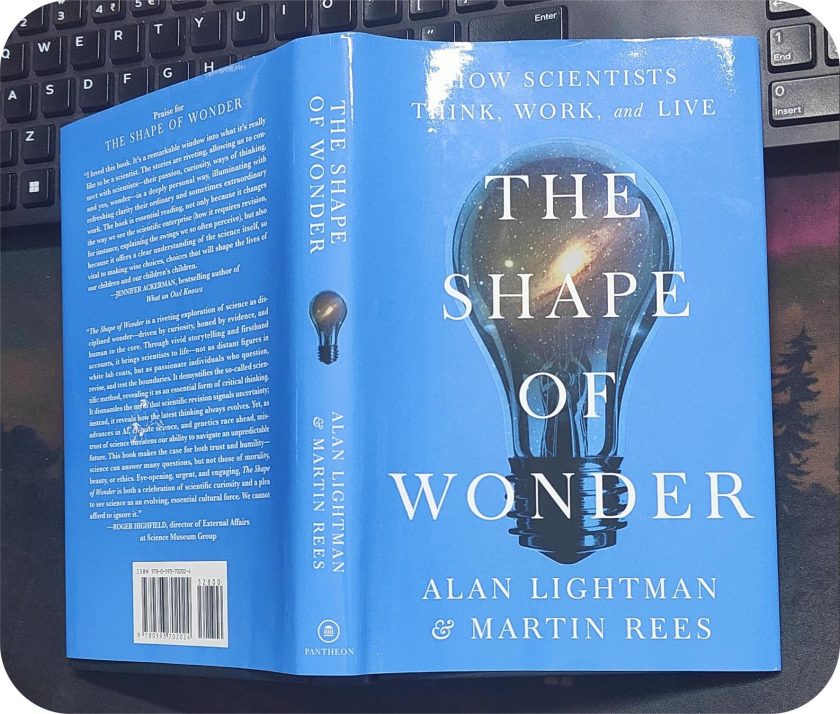Being and Time by Martin Heidegger is an ocean of infinite gems. It is one of those books, which require re-reading only to discern new motifs surfacing up every time. No single review can fully justify the thoughts running throughout the book. I did try jotting down few thoughts but am sure I still have missed some of them, which I might add later after reading it the second time.
Coming straight to book, ‘Being’ does not means presence, rather being is time and likewise never really shows its presence. A being is more than what it actually looks like, its limitation is more than its physical dimension. By defining any object or being as per its usefulness or appearance or even concept is to exaggerate a particular character to give it a grotesque effect. Since, there is always more to what one perceives. Defining never captures the essence of being.
Even if we stare a thing, we do not see its complete picture, the wholeness is always missing. There is some part of the object, which is always hidden; Heidegger uses the term “withdrawal” to this phenomenon.
Heidegger’s concept of time too is not limited to watch or calendar rather it is a kind of temporality that can be experienced in any single moment.
For instance, we use our tools without explicitly noticing them, like hammer. Our radar of focus is the thing we are building than tools or hammer we are using. Even if it (the hammer) breaks, it will remain more than what we are seeing, a broken tool. This implies, the being of hammer is always absent, even if it works underneath the entire building operation. However, the hammer or the things around us, be it trees, candles, table or books are not always absent. Had they been in the state of absence, there would have been no relation between these objects and us.
A book for me is a voyage, a learning expedition but the same book for a baby is nothing more than a rectangular thing with pages to fiddle about, thus, the person who encounters an object determines its presence, which again is not the object’s complete picture.
Joining the two pieces of the mentioned thought processes together create the two sides of a story. First is, the part of an object that is hidden, to which Heidegger calls “past” and the second, characteristics that make thing present, word used for this is “future”. By combining these two entities, a new form of “present” is born, which is torn between being of things and the physical dimension that is perceived by us. The world is continuously moving back and forth between these two entities; Heidegger has called this endless tossing as “time”.
It is with this audacious thought, Heidegger questions the credibility of history of philosophy that till then have limited the objects to their mere presence, thus ignoring the other side, which as per him, completes the entire reality. Modern technology too has reduced the objects merely to their presence by focusing only on the utility functions.
According to Heidegger, concept of time is only relevant to beings and not to any inanimate objects. As indicated by his theory, humans are the only entities that exist in the world, rest of the objects do not have access of the surrounding world. Dasein is the German term that has not been translated, which signifies ‘human existence’ or the ‘state of being’ in his entire work. The term cannot be replaced with ‘human being’ since the word is already saturated with lots of conventional theories and prejudices. For instance, human beings are considered higher mammals with rational abilities, creatures that build up structures with the help of tools, advanced African Apes, curious beings that play around with technologies or mortal bodies encasing immortal souls. Heidegger wanted to minus these theories completely, so he created Dasein, which can only be looked with a single beam of philosophical light and character of which is only temporality.
Objects like tree, stone, table can have a present-at-hand single physical view but human beings like coin have two-dimensional interplay and this interplay is termed as ‘time’.
This thought process of Heidegger’s echoes Critique of Pure Reason, the famous 18th century work by Immanuel Kant. As stated by Kant in “first critique,” philosophically, discussing things as they are have no bottom line. Limitations of humans with respect to their experiences are one of the major hurdles in defining the actuality. It is beyond the understanding of humans to comprehend something to its completeness. For example, humans cannot comprehend whether space and time can exist independent with respect to themselves (humans). However, they can assert that both are necessary for human survival. It is next to impossible for humans to decipher as to what or how it is to feel outside human experience. The dimension is still unexplored and unfathomable for human beings.
Thus, Heidegger in B&T refers to the interplay between the actuality of things that is of course hidden on one hand while the oversimplified shimmering appearance of objects on the other.
His ideas are simple but the Heideggerian terminologies make this work slightly difficult challenging to read. Still the book has its own charm. Writing a thorough review would mean, submitting a thesis on B&T. As mentioned at the beginning, I’m gonna sit again to read the book and this time, and sure more ideas would surface to add to my existing review.




